 Amos Elkana was one of the composers I found/heard/met almost a decade ago on the original grand experiment in social music-sharing, MP3.com. With an obsidian-like hardness, sheen and edge, his compositions grabbed me then and continue to do so now. Born in the U.S. but raised in Israel, then off to Europe and back to the U.S. to study, Amos pulls together strands of all these places, looking for where the roots tangle and grow together. But the other “root” I didn’t know about then was that Amos’ musical interests had started with jazz and guitar. It was only after coming to study jazz at the Berklee College that his course got redirected into composition.
Amos Elkana was one of the composers I found/heard/met almost a decade ago on the original grand experiment in social music-sharing, MP3.com. With an obsidian-like hardness, sheen and edge, his compositions grabbed me then and continue to do so now. Born in the U.S. but raised in Israel, then off to Europe and back to the U.S. to study, Amos pulls together strands of all these places, looking for where the roots tangle and grow together. But the other “root” I didn’t know about then was that Amos’ musical interests had started with jazz and guitar. It was only after coming to study jazz at the Berklee College that his course got redirected into composition.
Coming over to study at the same time was Amos’ long-time friend and musical partner, drummer/pianist Yaaki Levy. Yaaki had a similar career bouncing between Israel and the U.S., and though their paths diverged a bit over the years their friendship never did. Finally last year saw them able to hook up again musically, exploring improvisation as the duo Concoct Sonance. Together their experiences create a music with a real richness, depth and poise; these may be improvisations, but there’s a strong feeling of that composerly sense of a “piece”, not simply an event or string of events.
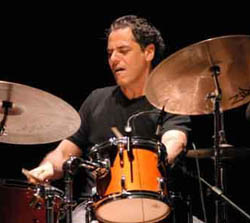 The duo has been gigging fairly regularly around Europe and Israel, and now they’ve come to NYC for a few concerts these next couple weeks: Friday July 2nd, 7:30pm they’ll be at The Tank (354 W. 45th Street between 8th and 9th); Wednesday July 7th, 9pm they’re playing Puppets Jazz Bar in Brooklyn (481 5th Ave); and Tuesday July 13th, 11:30 pm they’ll be found at Goodbye Blue Monday (1087 Broadway, Brooklyn).
The duo has been gigging fairly regularly around Europe and Israel, and now they’ve come to NYC for a few concerts these next couple weeks: Friday July 2nd, 7:30pm they’ll be at The Tank (354 W. 45th Street between 8th and 9th); Wednesday July 7th, 9pm they’re playing Puppets Jazz Bar in Brooklyn (481 5th Ave); and Tuesday July 13th, 11:30 pm they’ll be found at Goodbye Blue Monday (1087 Broadway, Brooklyn).
I asked Amos to give a little background in his own words, and I pass them along here:
Yaaki and I both grew up in Jerusalem. We met back in high school through mutual friends and we have been making music together ever since. In 1987 we came together to the US to study at Berklee College in Boston. Yaaki as a drummer and I as a Guitar player. I later went on to study composition at NEC and in 1990 moved to Paris for a couple of years before returning to Israel in 1992. Yaaki left Boston after three years for New York and returned to Israel in 1994. About 10 years ago he moved back to New York and has been living there since.
In the past 20 years, Yaaki has been playing drums with other people while concentrating on piano playing and composing for himself. Meanwhile, I have been occupied mainly by composing music for other people and playing guitar for myself. Yaaki, being a wonderful drummer, has been touring the world with singers and bands while developing his piano playing and composition skills on his own. I on the other hand kept playing the guitar on my own while composing and traveling around the world for the premieres of my own compositions. We always wanted to find time to play together as we did in the past, when we both used to live in the same place. Then an opportunity to do so presented itself last January when I came to New York. We went into the recording studio without knowing what we are going to play. The only thing we decided is not decide about anything! We don’t compose, arrange, rehearse or even talk about what we are going to play. We don’t even decide what instruments we will play and how. Our motto is Here and Now. This is total free improvisation. In the studio we just hit the record button and started to play with the instruments that we had around us. Some of the things we played on were not even instruments but noise makers of sorts.
What was so fantastic is that we immediately started communicating as if on the same exact wave length… We didn’t even have to listen to the recording because we felt such exhilaration after the sessions. There may be several reasons why this works, among them an intimate knowledge of one another as best friends for almost 30 years, common likes and dislikes in music and life, maybe even telepathic communication. We don’t know. But the fact is that we get amazing responses to our performances from audience members. Some say they feel as if we are one. Many say that they felt it hard to resist joining us in some way. Some say our music touches them in such a deep level that they cried most of the time… (Imagine, improvised contemporary experimental music having such an effect!). At the bottom line, I think we allow ourselves to have fun and have complete freedom. Not restricting ourselves to any genre or form. This approach works anywhere. Wether we play in Tel Aviv, New York or Berlin.
Right now we have about 30 to 40 recorded pieces. It is tempting to choose some of them and put them on a CD but on the other hand documenting freely improvised music that will never repeat itself… I don’t know… Maybe the approach should be just to perform as much as we can and have people attend the concerts instead of buying CD’s… Yet in order to get more gigs we need to put out a demo at least. The three performances we just did in Tel Aviv were recorded and I am going to upload those recordings to our web site very soon. One of the performances was also videotaped. Your comment about really hearing the “composer” in our approach is very interesting. It probably comes with the territory of being composers for such a long time… In 1989 when I applied for the Jazz department in NEC, I decided, instead of sending them a tape of me playing Jazz standards, to record an improvisation with Yaaki and to send that instead. The response I got from them is that they are willing to accept me and to even give me a big scholarship too but only for the composition department and not the Jazz department… This is one of the reasons why I became a composer.
 Putting a musical program together is always a challenge, but it’s one thing on paper, and another live, in front of people.
Putting a musical program together is always a challenge, but it’s one thing on paper, and another live, in front of people. 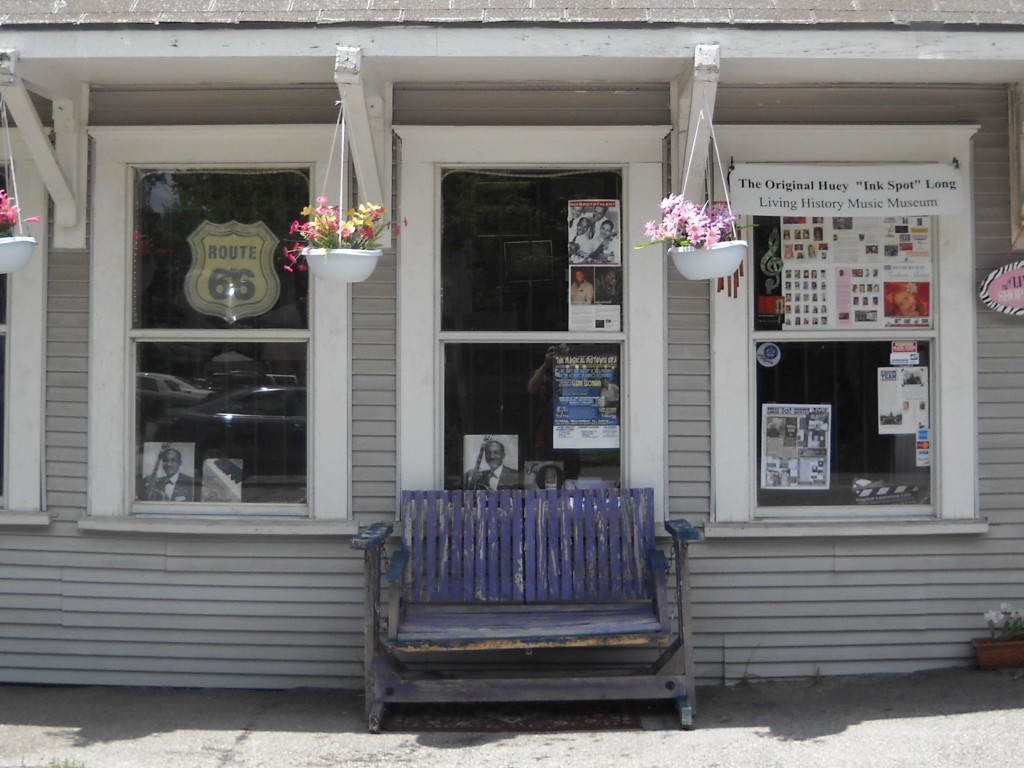
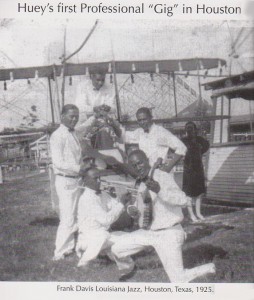

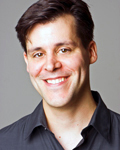
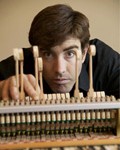

 I’m still reveling in the memory of So Percussion’s appearance with the Orchestra of the League of Composers
I’m still reveling in the memory of So Percussion’s appearance with the Orchestra of the League of Composers 